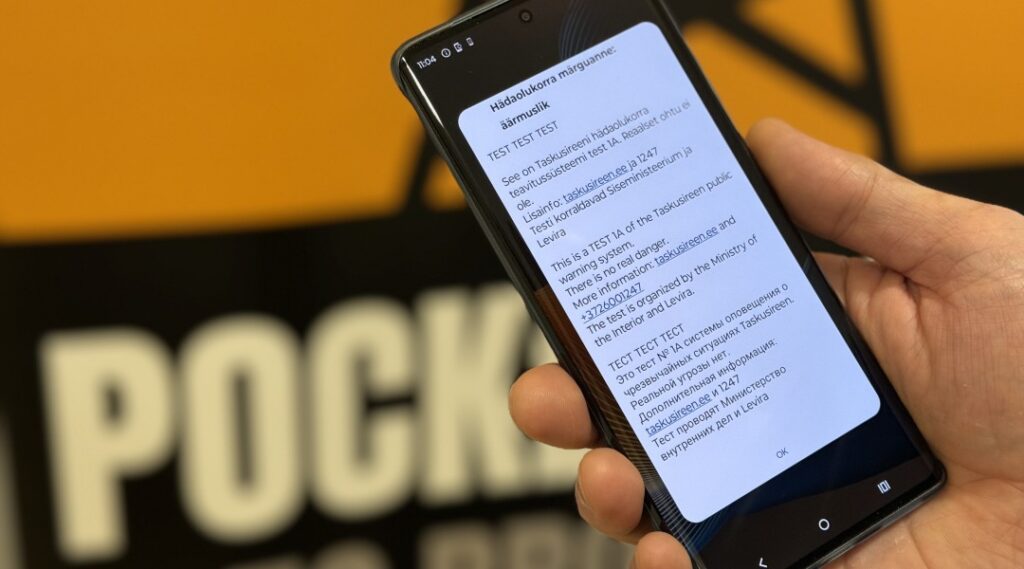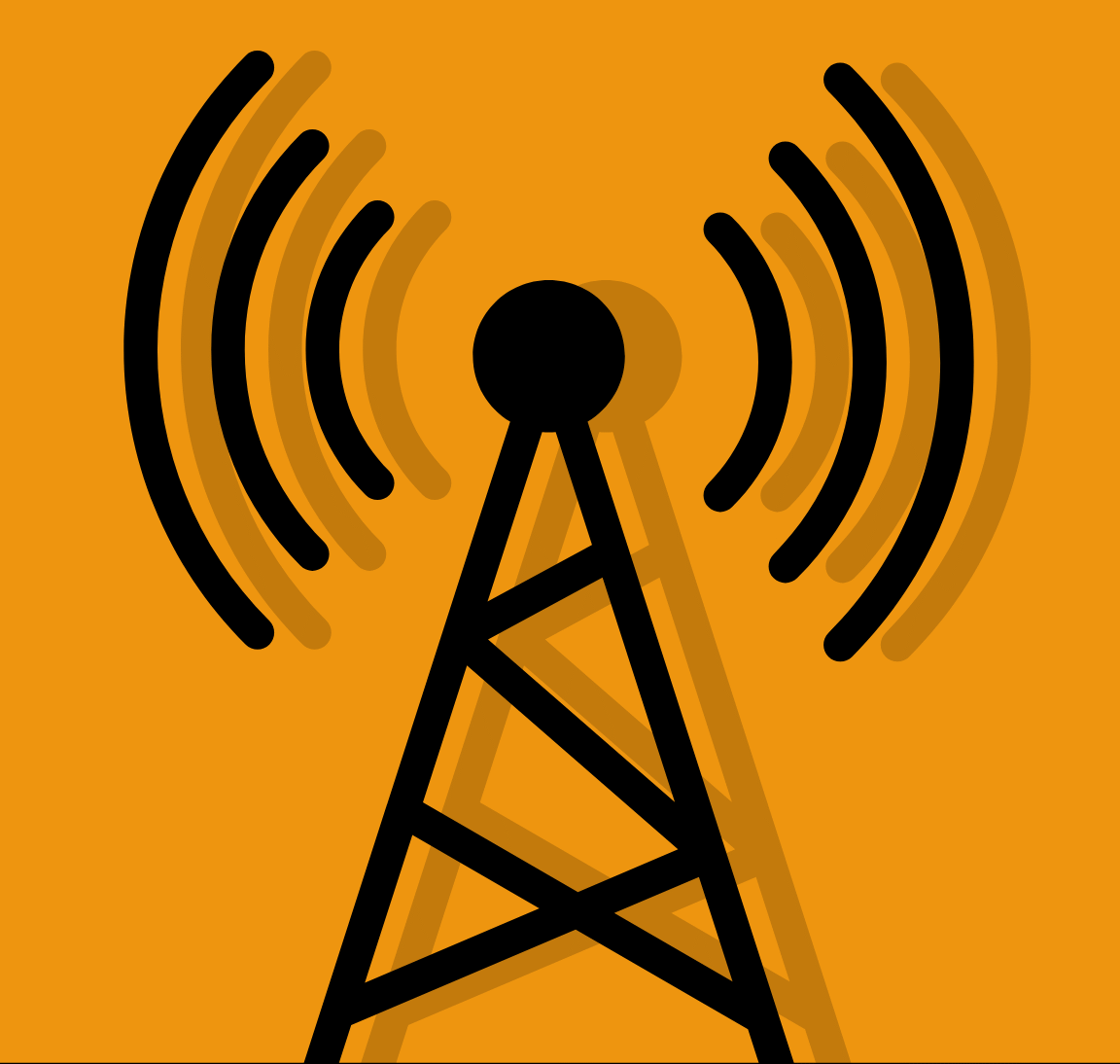On Wednesday, July 16, an emergency alert system—Pocket Siren—will be tested in Tallinn, Pärnu, and Rakvere. While the test primarily uses specialized devices, some mobile phone users within the test areas may also receive alert notifications.
Pocket Siren is based on a 5G broadcast technology and currently covers eight counties in Estonia: Harju, Pärnu, Järva, Ida-Viru, Lääne-Viru, Rapla, Viljandi, and Tartu. Operating on Digital terrestrial television (DTT) frequencies, the system is capable of transmitting both television and radio content as well as urgent emergency alerts. This unique technology can instantly deliver critical alerts to mobile phones using sound, light, and vibration, ensuring people are notified of major threats even if their phones are on silent or disconnected from mobile networks.
During the upcoming test, special equipment will be used to receive the broadcast signal, as most smartphones today are not yet compatible with the required broadcast frequencies. However, Levira and its partners have identified at least 12 mobile device models that already support this technology. As a result, users of those devices may receive test messages. If you do receive such a notification, please note that it is only a test and there is no actual danger. The Ministry of the Interior and its partners would greatly appreciate feedback from users who receive these test messages. Feedback can be submitted at taskusireen.ee.
The July 16 test will involve staff from participating institutions, volunteers, local government representatives, and project partners. The aim is to evaluate how the technology performs in different urban environments, assess the user experience, and ensure that alerts are both visible and audible in real-world conditions.
The Pocket Siren project is led by the Ministry of the Interior, Rescue Board, Estonian Defence Forces, Emergency Response Centre, Consumer Protection and Technical Regulatory Authority, Information and Communication Technology Center of the Ministry of the Interior, State Communications Foundation, and the Government Office of Estonia. Technology development and testing are carried out by Levira, TalTech, Tredess, and Nakolos. The project is funded by the European Union Cohesion Policy 2021–2027.

